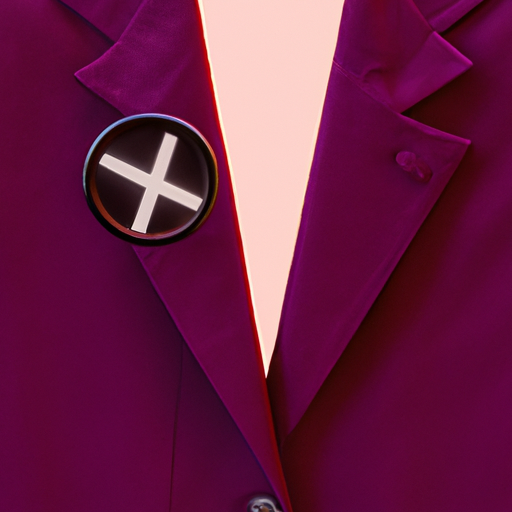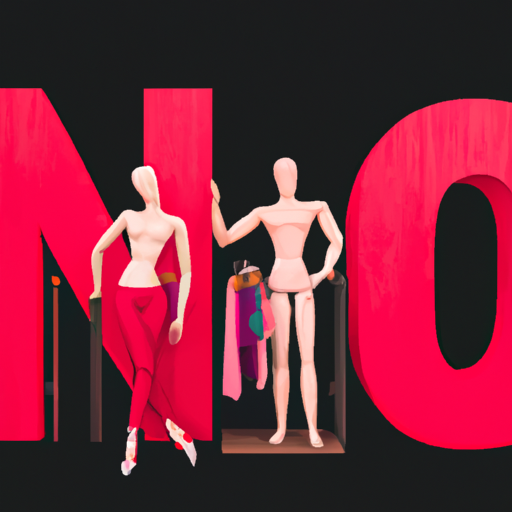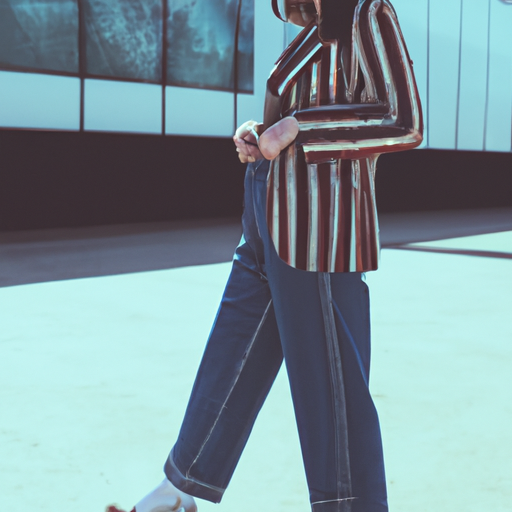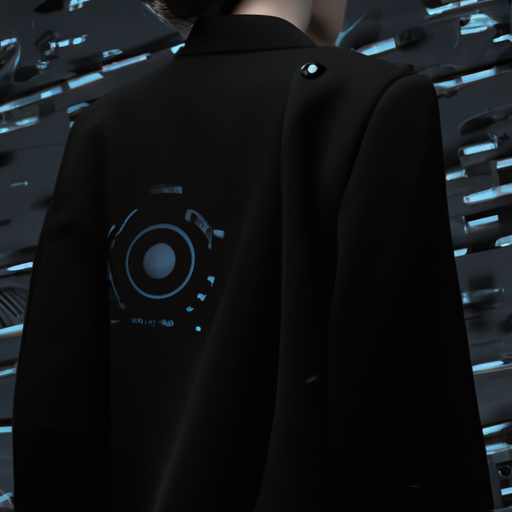Gender-neutral fashion is revolutionizing the clothing industry by challenging traditional style norms. Designers are creating inclusive collections that transcend binary fashion expectations. This movement represents a powerful shift towards personal expression and individual identity through clothing.

The fashion landscape is undergoing a transformative revolution, with gender-neutral clothing emerging as a powerful statement of personal identity and social progress. Gone are the days when fashion was strictly segregated into masculine and feminine categories, as designers and consumers increasingly embrace styles that celebrate individual expression beyond traditional gender constraints.
Historically, fashion has been deeply rooted in gender-specific design principles. Men's clothing emphasized structure, functionality, and a limited color palette, while women's fashion focused on delicate silhouettes, intricate details, and a broader range of colors and textures. These rigid distinctions have long reinforced societal expectations and limited personal style choices.
Today's gender-neutral fashion movement challenges these deeply ingrained norms. Leading designers like Telfar, Eckhaus Latta, and Rad Hourani have been at the forefront of creating collections that deliberately blur gender lines. Their designs feature fluid silhouettes, versatile cuts, and inclusive sizing that can be worn by individuals regardless of gender identity.
The shift towards gender-neutral fashion is not just a trend but a reflection of broader social changes. As society becomes more accepting of diverse gender expressions, fashion serves as a crucial platform for self-representation. Young consumers, particularly millennials and Gen Z, are driving this change, demanding clothing that reflects their complex, multifaceted identities.
Technological advancements have also played a significant role in this transformation. 3D modeling and advanced pattern-making techniques allow designers to create more adaptable, body-inclusive garments. Virtual fitting rooms and AI-driven size recommendations are making personalized, gender-neutral fashion more accessible.
Beyond design, the gender-neutral fashion movement carries profound social implications. By challenging traditional clothing norms, it creates spaces for individuals to express themselves authentically. This approach reduces the psychological pressure of conforming to gender stereotypes and promotes a more inclusive understanding of personal style.
Major fashion brands are taking note of this cultural shift. Companies like Zara, H&M, and Nike have launched gender-neutral collections, signaling a mainstream acceptance of this approach. These collections often feature neutral color palettes, relaxed fits, and versatile designs that can be styled in multiple ways.
Economically, gender-neutral fashion represents a significant market opportunity. Industry reports suggest that the unisex clothing market is growing rapidly, with projected revenues expected to increase substantially in the coming years. This trend indicates not just a stylistic preference but a fundamental reimagining of fashion's role in personal expression.
For consumers interested in exploring gender-neutral fashion, experts recommend starting with versatile basics. Oversized blazers, straight-cut trousers, minimalist t-shirts, and layerable pieces are excellent entry points. The key is to focus on fit, comfort, and personal style rather than adhering to traditional gender expectations.
As we move forward, gender-neutral fashion will likely continue to evolve. It represents more than just a clothing category—it's a powerful statement about individual freedom, self-expression, and the ongoing deconstruction of restrictive social norms. By embracing this approach, we create more inclusive, empathetic spaces where personal style knows no boundaries.



